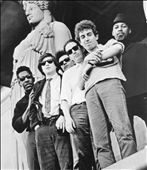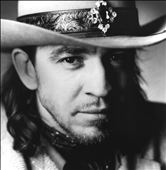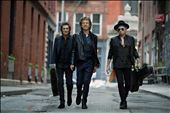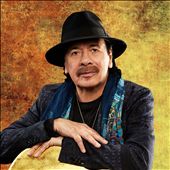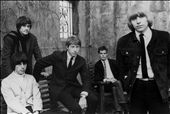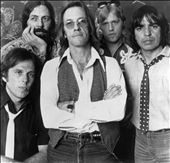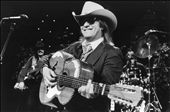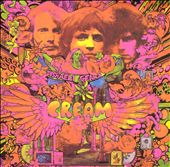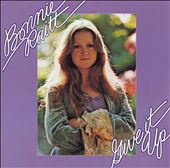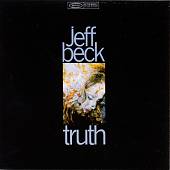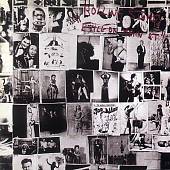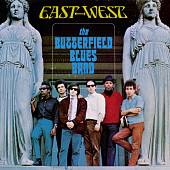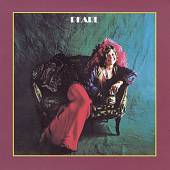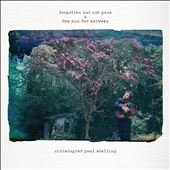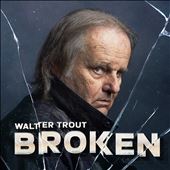Pop/Rock
•
Rock & Roll/Roots
Blues-Rock
Though much early rock & roll was based in the blues, Blues-Rock didn't fully develop into a subgenre until the late-'60s. Blues-rock emphasized two specific things -- the traditional, three-chord blues song and instrumental improvisation. Borrowing the idea of an instrumental combo and loud amplification from rock & roll, the original blues-rockers -- bands like Cream that grew out of the Alexis Korner and John Mayall tradition of British blues, as well as American bands like the Paul Butterfield Blues Band and Canned Heat -- also attempted to play long, involved improvisations which were commonplace on jazz records, as well as live blues shows. The hybrid became quite popular and the bands that immediately followed them were louder and more riff-oriented. Out of this approach came heavy metal and Southern rock, which both used basic blues riffs and featured extended solos. In the early '70s, the lines between blues-rock and hard rock were barely visible, as boogie-based bands like ZZ Top employed album-rock production techniques that tended to obscure their blues roots. However, blues-rock soon backed away from hard rock, and there was a set number of acts that continued to play (and rewrite) blues standards as well as write their own songs in the same idiom. In the '80s and '90s, blues-rock was more roots-oriented than in the '60s and '70s, even when artists like the Fabulous Thunderbirds and Stevie Ray Vaughan flirted with rock stardom. By the '80s, blues-rock had become an accepted tradition, much like the blues.
